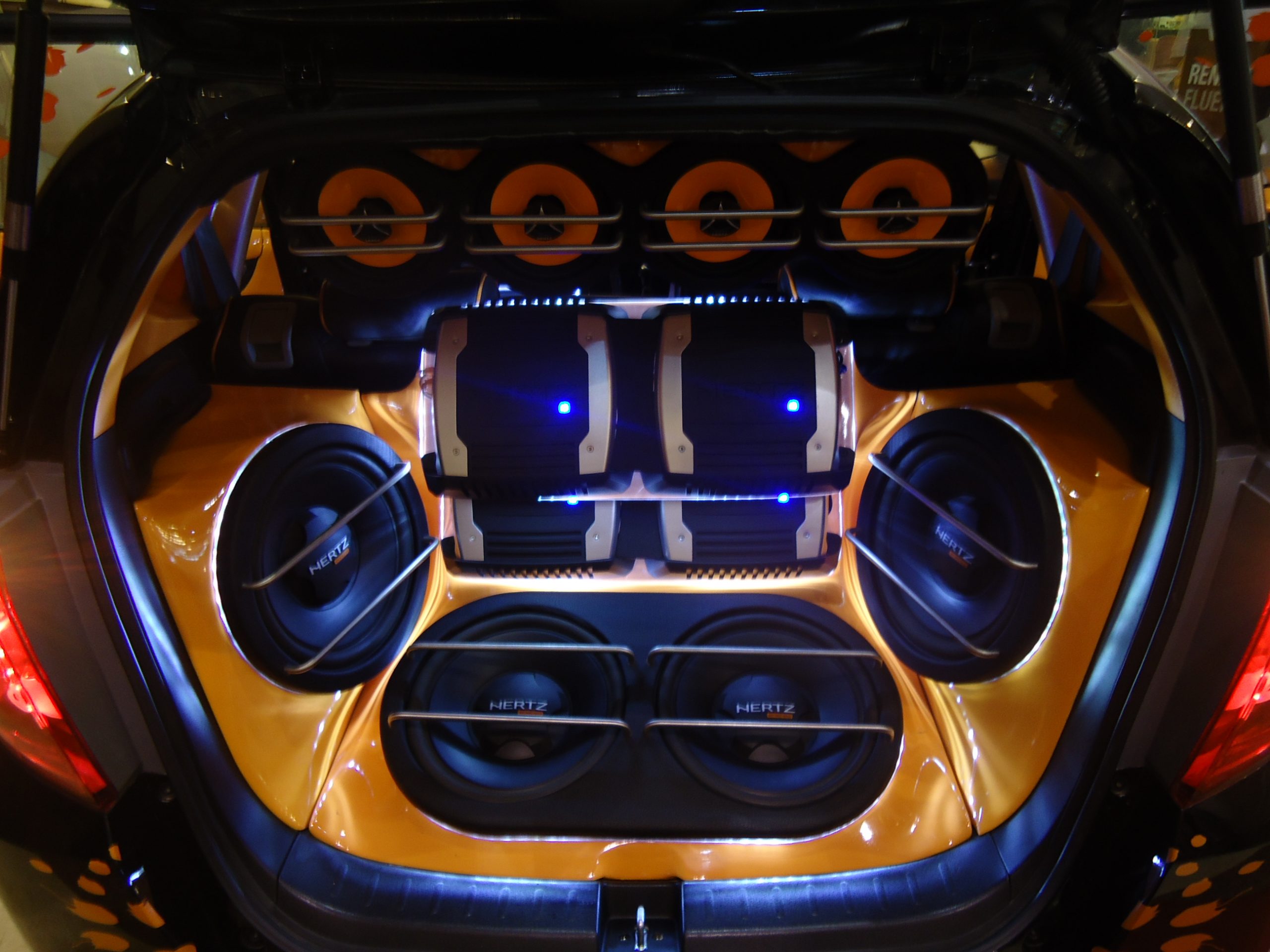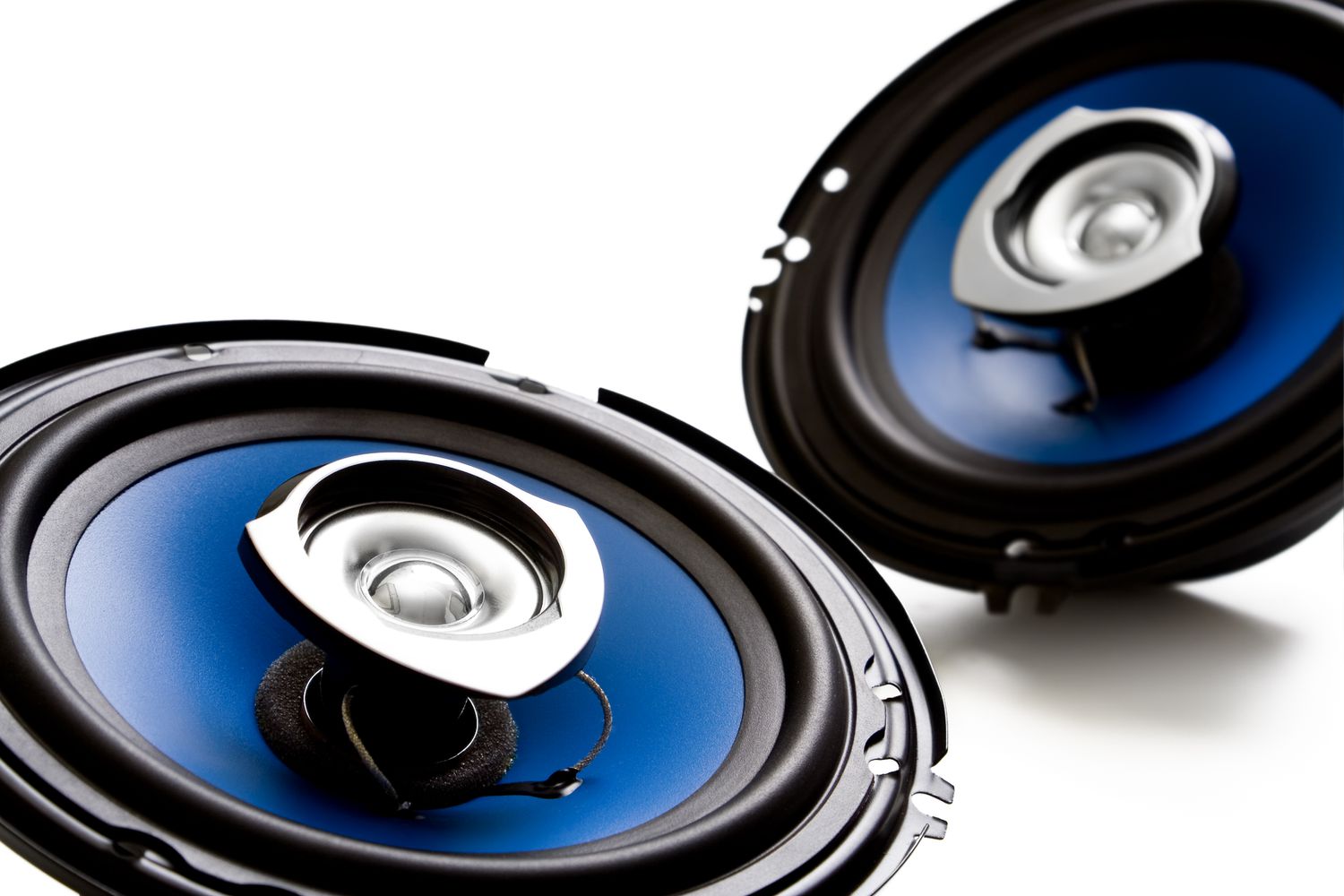The number one reason people upgrade their car audio system is crystal clear: they want to improve the sound quality of their car. There are a number of ways to do this: try one, and you’ll improve the sound quality of your car a little bit. Try them all, and you’ll turn your vehicle into a mobile jukebox.
Upgrade the Speakers
Step one is a no-brainer. The factory-installed speakers that come stock in your car do not begin to match the quality of third-party speaker installation. Simply swapping your car speakers for a higher-quality set will give your music a boost in volume and clarity. Especially if you invest in a dedicated subwoofer to make your bass thump.
Upgrade the Reciever
Once you’ve got decent speakers in your car, you’ll want to improve the signal they receive. But much like its stock speakers, your car’s factory-installed receiver will cut corners when it comes to audio output. For one, the power of the output will be too low to make the most of your upgraded speakers. Then there’s the quality of its digital-to-analog converter (DAC). That’s what takes the data signal from your CD or device and converts it to sound. The better the DAC, the more details come through in your audio.
Play Higher Quality Music Files
A quality DAC can only do so much, though, if you’re playing low-quality digital files. If you’re playing an actual CD (those still exist, right?), you’ll send a high-fidelity signal to your speakers. But if you’re playing from compressed MP3 files, or worse yet, streaming audio, the digital signal you start with is missing the fine details you need to recapture to improve the sound quality in your car. Sorry, Spotify fans — you’ll need to switch to lossless audio files to improve sound quality! The higher the compression, the smaller the file, meaning more albums fit in your pocket. That’s great for your pocket, but not great for your ear. Smaller files mean less information, which means when you pump up the jams in your car, gaps in the music data make it sound thin, and distort much quicker. A good rule of thumb is to encode MP3s at a minimum of 320kbps, which has 2.5 times more data than the standard 128kpbs!

Invest In An Amplifier
To truly get the best performance out of your speakers and receiver, the ultimate way to go is to invest in a new amplifier. Adding an amp will produce far more power than the amp built into your receiver. A two-channel amplifier is even better. It will allow you to power your standard speakers while leaving a dedicated channel to power your subwoofer. A sub requires a lot of power to get the best results, and when power from the same amplifier is diverted to woofers and tweeters, there’s not enough left to give that sub the juice it needs. A two-channel amp will get you firing on all cylinders.
Install Sound Dampening Materials
Road noise is the not-so-silent killer of excellent sound quality in your car. If you know where to put them, you can add sound-dampening material to quiet your car’s interior. Even when music isn’t playing, you’ll appreciate the relative silence while you drive. And when you do put on music, that’s all you’ll hear. That’s one of many reasons it pays to have an expert install your new car audio system.
Go Easy On The Equalizer
When you’re driving, you probably want more bass — especially on the freeway, as increased road noise at higher speeds is hardest on lower frequencies. Whether your car stereo offers basic bass, mid, and treble range controls, or a multi-band graphic equalizer, instinct says you can boost your bass levels to solve the problem. Not true! Such boosts only expose any flaws in your analog signal or speakers. It’s much better to leave the bass knob alone, marginally reduce your mid and treble levels, and turn up the volume knob instead.
The expert installers at High Grade Sound And Security know every trick in the book to improve the sound quality of your car. Get in touch today, and we can make sure you get the best upgrades to meet your needs.

